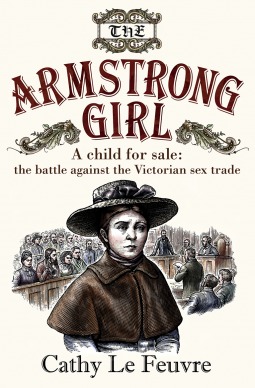 |
Super Genes
by Deepak Chopra, M.D., Rudolph E. Tanzi, Ph.D. ISBN-13: 9780804140133 Hardcover: 336 pages Publisher: Harmony Released: November 10, 2015 |
Source: Review copy from the publisher.
Book Description, Modified from Goodreads:
For decades medical science has believed that genes determined our biological destiny. Now the new genetics has changed that assumption forever. You will always have the genes you were born with, but gene expression is dynamic. When you make lifestyle choices that optimize how your genes behave, you can reach for a state of health and fulfillment undreamed of even a decade ago.
My Review:
Super Genes is a self-help book. The underlying belief system is that evolution is certain and that Vedic and Ayurveda traditions are correct. The authors interpreted various studies and experiences in a way that conformed to their belief system. This is a natural thing to do, but much of Part 1 and Part 3 was speculative. If you don't share their base assumptions, these sections may hold little interest for you.
Part 1. Scientists have gathered a lot of data on epigenetics, but epigenetics is so complex that they're only beginning to understand how it might work. Basically, having a 'breast cancer' gene doesn't necessarily mean you will get that disease. Factors like nutrition, exercise, and stress can determine whether a gene is "switched on" or "switched off."
The rest was confusing, but apparently adaptation can happen through epigenetic markers on our DNA which can be rapidly changed as outside stressors change. These markers can be passed on to offspring but also changed back by those offspring. I suspect most of this section will become outdated as we learn more. They also discussed the microbiome and how the bacteria living in our gut and elsewhere affect our bodies through the compounds they produce.
In Part 2, they discussed some basic changes you can make relating to diet, stress, exercise, meditation, sleep, happiness and fulfillment which will improve your health. I've heard much of this advice before. The authors understood that people resist change, so they gave advice on how to make lasting changes. They also presented their proposed changes in terms of small, easy steps. You make one easy change each week.
In Part 3, the authors proposed a new mechanism for evolution that isn't based on random chance but on "mindful evolution." They made it clear they don't believe in Intelligent Design (which suggests an outside intelligence source), but rather the organism helps to guide its own evolution. They don't explain how adaptation based on epigenetic markers somehow resulted in useful, new DNA (especially considering how complex DNA expression is turning out to be). But their main point seems to be a hope that someday we'll be able to purposefully direct our own evolution.
Frankly, I think the book would have been better as two separate books: one on their speculative ideas from Part 1 & 3 and one with their practical advice from Part 2.
If you've read this book, what do you think about it? I'd be honored if you wrote your own opinion of the book in the comments.
Excerpt: Read an excerpt using Google Preview.







